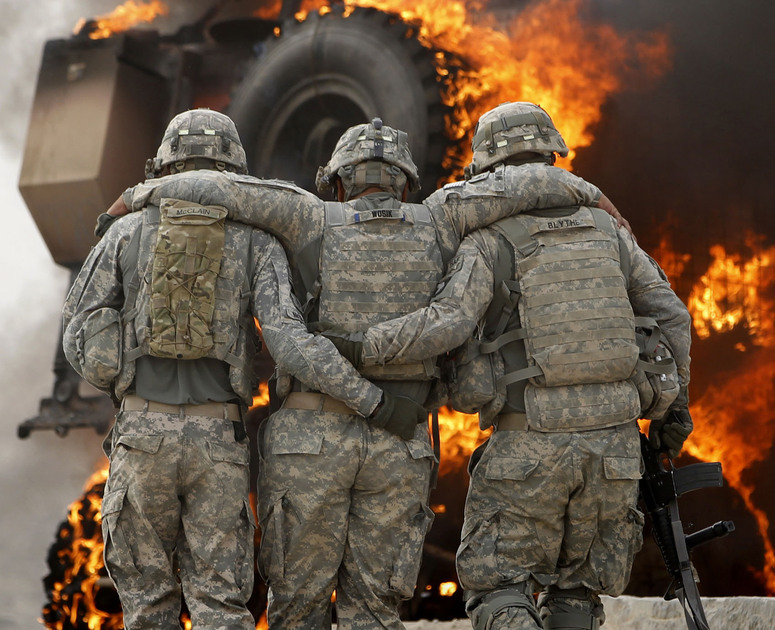''Wounds of war'' – experts assess the impact of military combat
From 3 to 5 June, 32 experts in the assessment and treatment of combat-related injuries will gather at a workshop in Salzburg, Austria. Delegates will work to gain a better understanding of the challenges faced by troop-contributing countries. This NATO-funded workshop falls under one of the Science for Peace and Security (SPS) Programme’s key priorities, “Countering Other Threats to Security”.

Building on the success of previous SPS workshops in this series, namely: “Wounds of war: Lowering Suicide Risk in Returning Troops” and “Wounds of war: Coping with Post Traumatic Stress Disorder (PTSD) in Returning Troops” the workshop will be vital in disseminating information relating to acute and chronic pain in returning troops and recruits.
Keynote speakers will give presentations on topics including:
- pain management in forward trauma surgery in Afghanistan;
- morphine use after combat injury in Iraq and PTSD;
- the use of pain manikins in Persian Gulf War health research; and
- lower-back pain and its risk indicators in Finnish male conscripts
The triple-edged sword of pain, post traumatic stress disorder and traumatic brain injury (TBI) can lead to societal problems - long after the soldier has left the theatre of war. Participants will learn that conditions encountered during Operation Iraqi Freedom (OIF) and Operation Enduring Freedom (OEF) highlighted the need for a streamlined comprehensive approach to battlefield casualty management.
For example, a Department of Veterans Affairs report (2007) suggests that the use of morphine during trauma care could subsequently reduce the risk of PTSD; an important discovery as 58% of returning OIF/OEF injured soldiers showed signs of mental illness. Security analysts are particularly concerned as preliminary data indicate a reduced return-to-duty rate for injured soldiers with a concurrent psychiatric diagnosis, such as PTSD.
This event, co-sponsored by NATO, the US Army Medical Research and Material Command, the Austrian Ministry of Defence and the Croatian Ministry of Health and Social Welfare, will take us a step closer to mitigating this security challenge, and promises to mobilise government and academic researchers into a collaborative network that enables them to form partnerships.
This workshop is funded through NATO’s Science for Peace and Security Programme. For more information, visit www.nato.int/science (see “Calendar” for organisers’ contact details).
